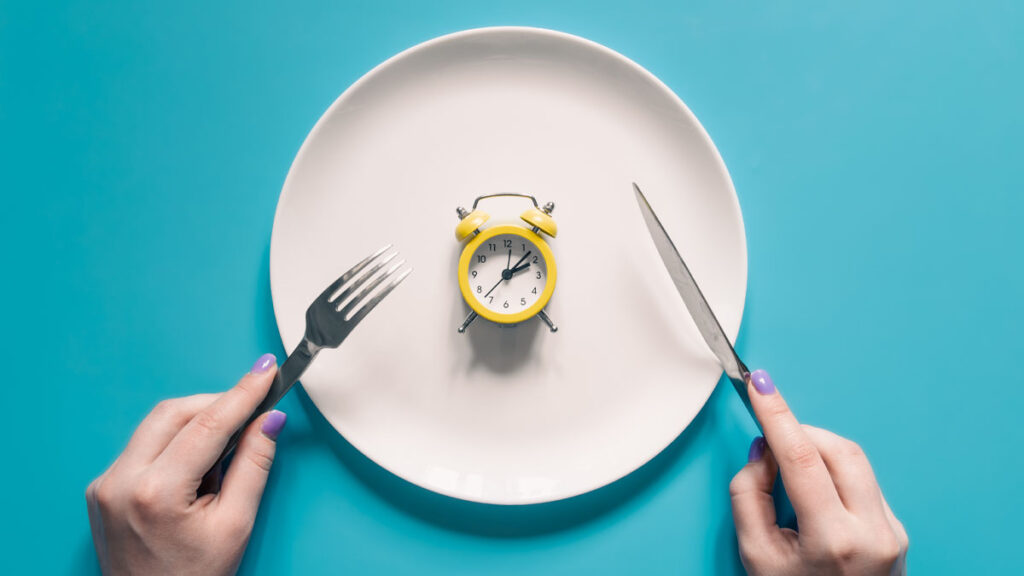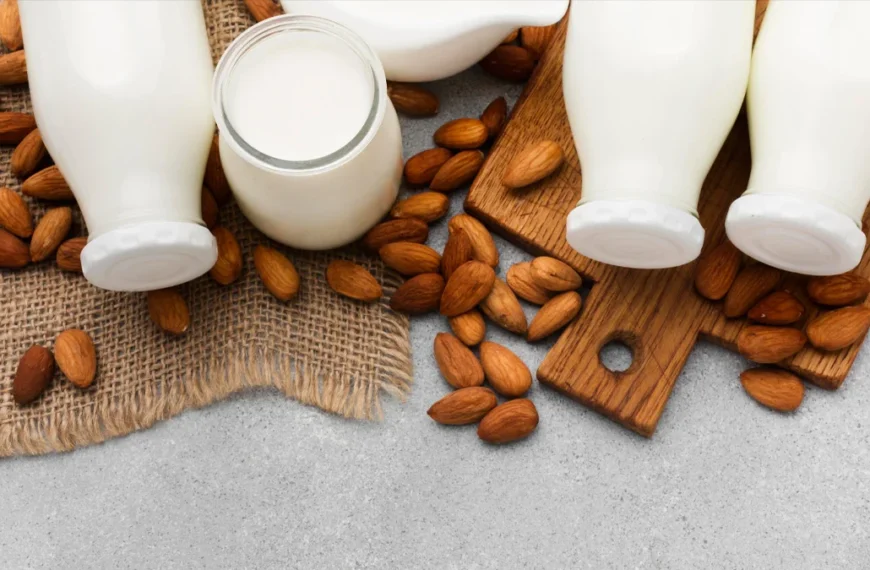In a world where health and wellness are paramount, finding the right meal plan for intermittent fasting has become a key focus for many individuals striving to lose weight effectively. This article delves into the nuances of a good meal plan designed for intermittent fasting, providing you with a comprehensive guide to achieving your weight loss goals.

- Understanding Intermittent Fasting
- Science behind this Concept
- The Significance of a Well-Structured Meal Plan
- Intermittent Fasting Meal Plan for Beginners
- Intermediate Intermittent Fasting Plan
- Advance Intermittent Fasting Plan
- Tips for Intermittent Fasting
- Our Other Latest Articles
- Te Mend Final Thoughts:
Understanding Intermittent Fasting
Intermittent fasting is not just a diet; it’s a lifestyle that involves cycles of eating and fasting. The primary objective is to optimize the body’s metabolic processes, promoting fat loss and overall well-being. As you embark on this journey, it’s crucial to comprehend the science behind intermittent fasting to make informed decisions about your meal plan.
Science behind this Concept
Intermittent fasting (IF) involves alternating between periods of eating and not eating at different times. It has become popular for weight loss due to several physiological mechanisms.
- Caloric restriction: Intermittent fasting often leads to a reduction in overall calorie intake since there’s a shorter window for eating. This can result in weight loss as the body uses stored energy (fat) for fuel when no food is consumed.
- Insulin sensitivity: IF may improve insulin sensitivity. During fasting periods, insulin levels drop, allowing the body to use stored glucose. This can lead to better regulation of blood sugar levels and potentially reduce the risk of insulin resistance, which is linked to weight gain.
- Hormonal changes: Fasting triggers hormonal changes that can facilitate weight loss. Growth hormone levels increase, which aids in fat burning and muscle gain. Additionally, levels of norepinephrine (noradrenaline) rise, boosting metabolism.
- Cellular repair and gene expression: Fasting induces cellular repair processes (autophagy) and alters gene expression, which may have health benefits and contribute to weight loss.
- Appetite control: Some people find that fasting helps control their appetite and reduces overall food intake, making it easier to stick to a calorie deficit.
It’s important to note that while intermittent fasting can be effective for weight loss, individual results vary. Additionally, the success of any weight loss method depends on various factors such as overall diet quality, physical activity, genetics, and individual metabolic differences.
The Significance of a Well-Structured Meal Plan
Balancing Macro-nutrients: A successful meal plan for intermittent fasting revolves around a well-balanced intake of macro-nutrients: proteins, fats, and carbohydrates. Striking the right balance ensures that your body receives essential nutrients while promoting fat utilization during fasting periods.
Strategic Meal Timing: The timing of your meals during intermittent fasting plays a pivotal role in achieving optimal results. Leveraging the fasting window strategically can enhance fat-burning mechanisms, making each meal a crucial component of your weight loss journey.
Hydration: The Unsung Hero – Amidst the focus on food, the importance of staying hydrated often takes a back seat. However, adequate water intake is paramount during intermittent fasting. It not only supports metabolic processes but also aids in controlling hunger, making it a cornerstone of your meal plan.
Intermittent Fasting Meal Plan for Beginners
For beginners, a 14-hour fasting window can be a great way to start for beginners. Here’s a sample meal plan for a 14/10 intermittent fasting method:
14/10 Method Sample Meal Plan for Beginners:
Evening (During Fasting Period):
- Start fasting at 8 PM: Finish your last meal or snack by 8 PM.
Morning:
- 10 AM: Break your fast with a balanced breakfast.
- Example: Oatmeal with nuts and berries, or whole grain toast with peanut/almond butter and banana slices.
Afternoon:
- 1 PM: Have a satisfying lunch.
- Example: Grilled chicken or tofu with quinoa and mixed vegetables.
- 4 PM: Enjoy a light snack if needed.
- Example: Greek yogurt with a handful of granola, or apple slices with nut butter.
Evening:
- 6 PM: Dinner time, focusing on a well-rounded meal.
- Example: Baked fish with sweet potato and a side salad.
ALSO READ: Intermittent fasting for weight loss: Unveiling the Secrets of Effective Intermittent Fasting
Intermediate Intermittent Fasting Plan
An intermediate intermittent fasting plan can involve longer fasting periods, more structure, and possibly a narrower eating window. Here’s a sample plan following a 18/6 method (18 hours fasting, 6-hour eating window):
18/6 Method Sample Meal Plan:
Evening (During Fasting Period):
- Start fasting at 6 PM: Finish your last meal or snack by 6 PM.
Morning:
- 12 PM (Noon): Break your fast with a balanced lunch.
- Example: Grilled chicken or tempeh with brown rice and a variety of vegetables.
Afternoon:
- 3 PM: Have a substantial snack or light meal.
- Example: Greek yogurt with mixed berries and a sprinkle of nuts, or a green salad with chickpeas and a light vinaigrette.
Evening:
- 5:30 PM: Enjoy your final meal of the day.
- Example: Baked fish with quinoa and steamed broccoli.
Advance Intermittent Fasting Plan
An advanced intermittent fasting plan often involves longer fasting periods or more structured eating windows. One such method is the 20/4 fasting plan, also known as the Warrior Diet. Here’s a sample meal plan for an advanced 20/4 intermittent fasting method:
20/4 Method (Warrior Diet) Sample Meal Plan:
Fasting Period:
- Fast starts at 5 PM: Finish your last meal or snack by 5 PM the previous day.
Feasting Window:
- 5 PM (Next Day): Break your fast with a small meal or snack.
- Example: A piece of fruit with nuts or seeds, or a small salad with protein (chicken, tofu, etc.).
Feasting Period:
- 7 PM: Have a larger meal to satiate hunger.
- Example: Grilled fish or lean meat with roasted vegetables and quinoa.
- 8:30 PM: If needed, have another small snack or meal.
- Example: Greek yogurt with berries and a drizzle of honey.
ALSO READ: How does the 30-30-30 Rule Work Best for Weight Loss?
Tips for Intermittent Fasting
Certainly! Here are some valuable tips for practicing intermittent fasting successfully:
- Start Gradually: Begin with shorter fasting windows and gradually increase the fasting duration as your body adjusts.
- Stay Hydrated: Drink plenty of water, herbal tea, or black coffee during fasting periods to stay hydrated and help manage hunger.
- Choose Nutrient-Dense Foods: Prioritize whole, unprocessed foods during eating windows to ensure you get essential nutrients and sustain energy levels.
- Focus on Balanced Meals: Each meal should contain a mix of protein, healthy fats, and complex carbohydrates to promote satiety and support overall health.
- Listen to Your Body: Pay attention to your hunger cues and energy levels. Adjust fasting and eating windows according to what works best for you.
- Be Flexible: Adjust your fasting schedule to suit your lifestyle. It’s acceptable to modify meal times or occasionally skip fasting to accommodate social events or routine changes.
- Plan Ahead: Plan your meals and snacks in advance to ensure they align with your fasting schedule and nutritional needs.
- Be Patient: Your body may need time to acclimate to intermittent fasting. Exercise patience and allow yourself the necessary time to adapt to this new eating pattern.
Our Other Latest Articles
Te Mend Final Thoughts:
The weight loss potential of intermittent fasting lies in strategic meal planning. Balancing macro-nutrients proteins, fats, and carbohydrates is crucial for nutrient absorption and fat utilization during fasting. Meal timing and hydration are crucial; water supports metabolism and helps control hunger. Scientifically, fasting triggers fat burning, improves insulin sensitivity, and facilitates cellular repair. Beginner, intermediate (18/6), and advanced (20/4) fasting methods provide structured approaches. Success requires making gradual adjustments, consuming nutrient-rich foods, eating balanced meals, and being flexible. Adapting schedules, planning meals, and practicing patience are crucial. While intermittent fasting can help with weight loss, the outcomes vary depending on lifestyle, genetics, and adherence. Long-term success depends on holistic health practices that go beyond meal plans.
“Good news! Te Mend is now available on WhatsApp & Telegram Channels. Subscribe today through the link and stay updated with the latest news!” Whatsapp & Telegram




